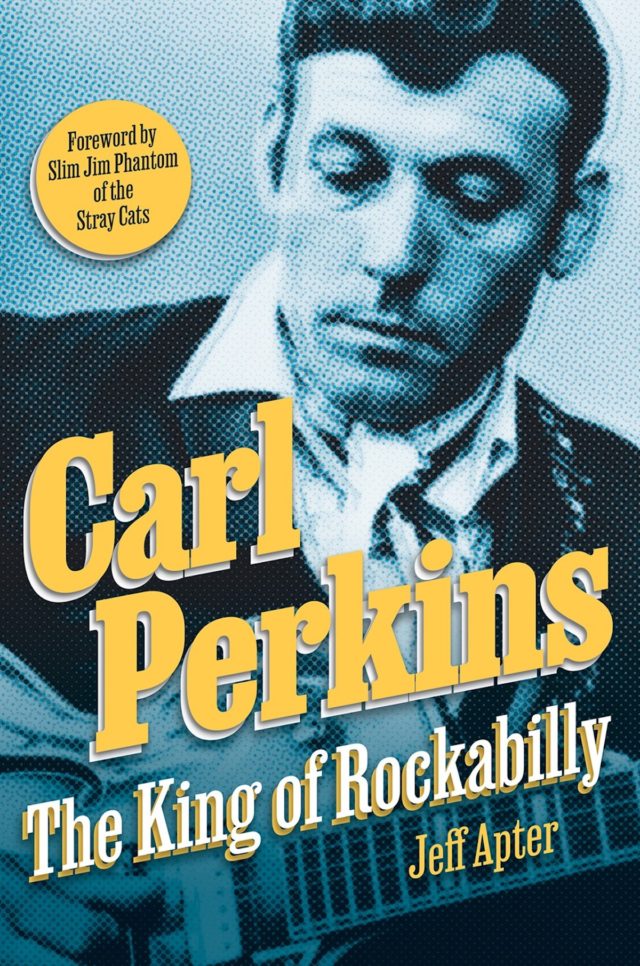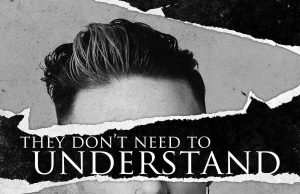Today’s reminder that I am as old as goddamn dirt: I once saw Carl Perkins play Blue Suede Shoes live. It was 1997, and he was the keynote speaker at SXSW, back when it was still mostly a regional music-biz gathering. For his so-called speech, Carl just retold some stories about Elvis Presley and Johnny Cash for the 1,000th time, reeled off a few platitudes about chasing your dreams, then strapped on his gee-tar and intoned, “Ah-one for the money…” All in all, kinda cool. Guess I’ll have to check out that new biography to see if that moment is included. I might also read that new Dr. John book, but I don’t have any stories about him. Here’s the full reading list. Go, cat, go:
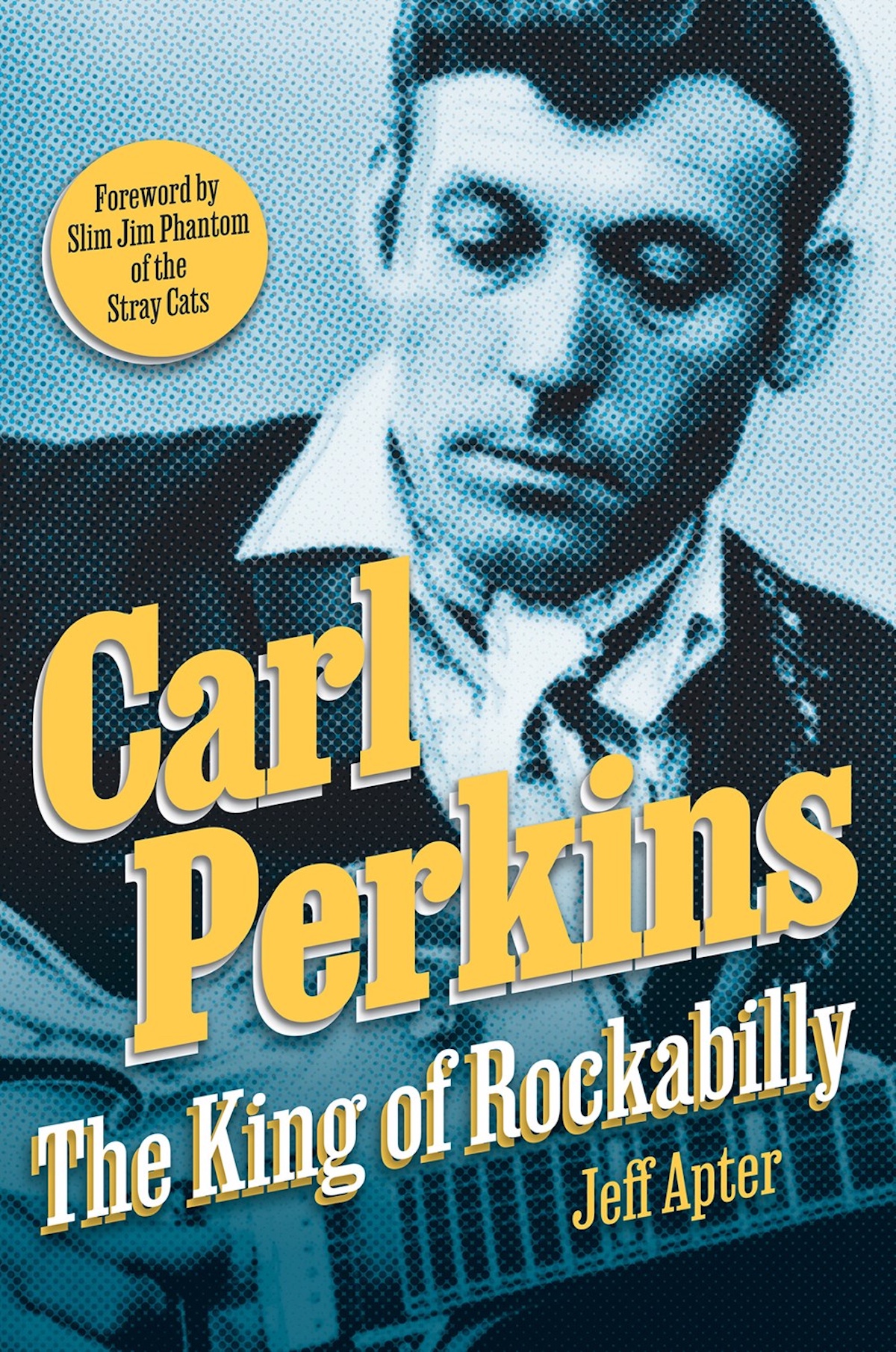 Carl Perkins: The King of Rockabilly
Carl Perkins: The King of Rockabilly
By Jeff Apter
THE EDITED PRESS RELEASE: “The definitive and fascinating biography of the musical trailblazer who was the influence behind countless legendary hits, a rock ’n’ roll legend in his own right, and the original rockabilly cat — Carl Perkins. He was the king of rockabilly, and one of rock ’n’ roll’s true pioneers. A groundbreaking guitarist, singer, and songwriter, Perkins inspired countless musicians in country, rock, and pop music. As Paul McCartney said, “If there were no Carl Perkins, there would be no Beatles.” One Beatle was such a fan that he gave himself the stage name Carl Harrison. Music writer Jeff Apter recounts Carl’s remarkable life story — the triumphs, tragedies, and career highlights that include some of the most pivotal moments in music history. Born in Tennessee to poor sharecroppers, Carl grew up listening to gospel and country, learned blues guitar from a fellow field hand, and started writing songs at 14. He plied his trade in rough and rowdy honky-tonks, performing with his brothers before beginning his recording career at the legendary Sun Studio in Memphis. It was there that Carl became a member of the fabled Million Dollar Quartet alongside Elvis Presley, Johnny Cash and Jerry Lee Lewis. In 1955, he wrote and recorded Blue Suede Shoes, the first record by a Sun artist to sell over a million copies. But then a fateful car crash stalled his career, one of many tragedies in his life. Over the following decades, Presley, Cash, and countless other artists, from The Beatles, Tom Petty and Bob Dylan to Eric Clapton and Jimi Hendrix, performed and recorded his songs and became Carl’s friends, collaborators, and champions. Rich with insider detail and background into Carl’s private battles, humanitarian work, and inspirations, this is a fascinating, in-depth look at Perkins’ life and legacy.”
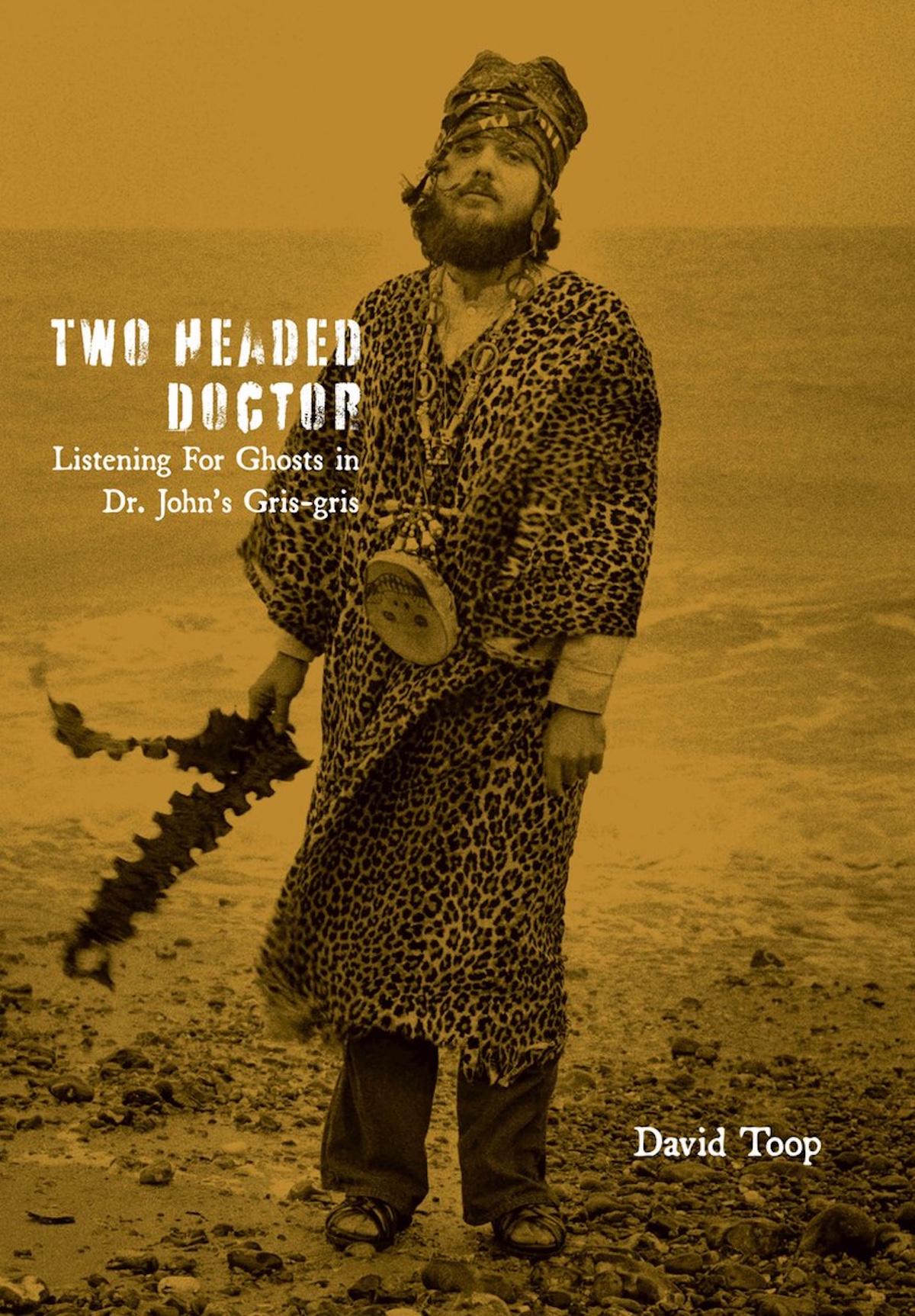 Two-Headed Doctor: Listening For Ghosts in Dr. John’s Gris-Gris
Two-Headed Doctor: Listening For Ghosts in Dr. John’s Gris-Gris
By David Toop
THE EDITED PRESS RELEASE: “Two-Headed Doctor is a forensic investigation into a single LP: Dr. John The Night Tripper’s Gris-Gris. Though released in 1968 to poor sales and a minimum of critical attention, Gris-Gris has accumulated legendary status over subsequent decades for its strangeness, hybridity, and innovative production. It formed the launch pad for Dr. John’s image and lengthy career and the ghostly presence of its so-called voodoo atmosphere hovers over numerous cover versions, samples, and re-invocations. Despite the respect given to the record, its making is shrouded in mystery, misunderstandings, and false conclusions. The persona of Dr. John, loosely based on dubious literary accounts of a notorious voodooist and freed slave, a 19th-century New Orleans resident known as Doctor John, provided Malcolm “Mac” Rebennack with a lifelong mask through which to transform himself from session musician to solo performer. Somewhere between puzzle, experimental rhythm, blues disguised as rock, and elaborate hoax, Gris-Gris was a collaborative project between Rebennack and producer/arranger Harold Battiste (at the time musical director for Sonny & Cher). A few brief sessions at Gold Star Studios in Los Angeles brought together many of New Orleans’ finest musicians, including Shirley Goodman, John Boudreaux, Plas Johnson, Jessie Hill, Ernest McLean and Tami Lynn. Along with their complex histories, the cast of characters implicated in the story includes Ornette Coleman, Lafcadio Hearn, Zora Neale Hurston, Cher, Sonny Bono, Sam Cooke, Ishmael Reed, Black Herman, Prince La La, and many others. The story details in discursive style the historical context of the music, how it came together, its literary sources, production and arrangements, and the nature of the recording studio as dream state, but also examines as a disturbing undercurrent the volatile issue of race in 20th-century music, the way in which it doomed relationships and ambitious projects, exploited great talents, and distorted the cultural landscape.”
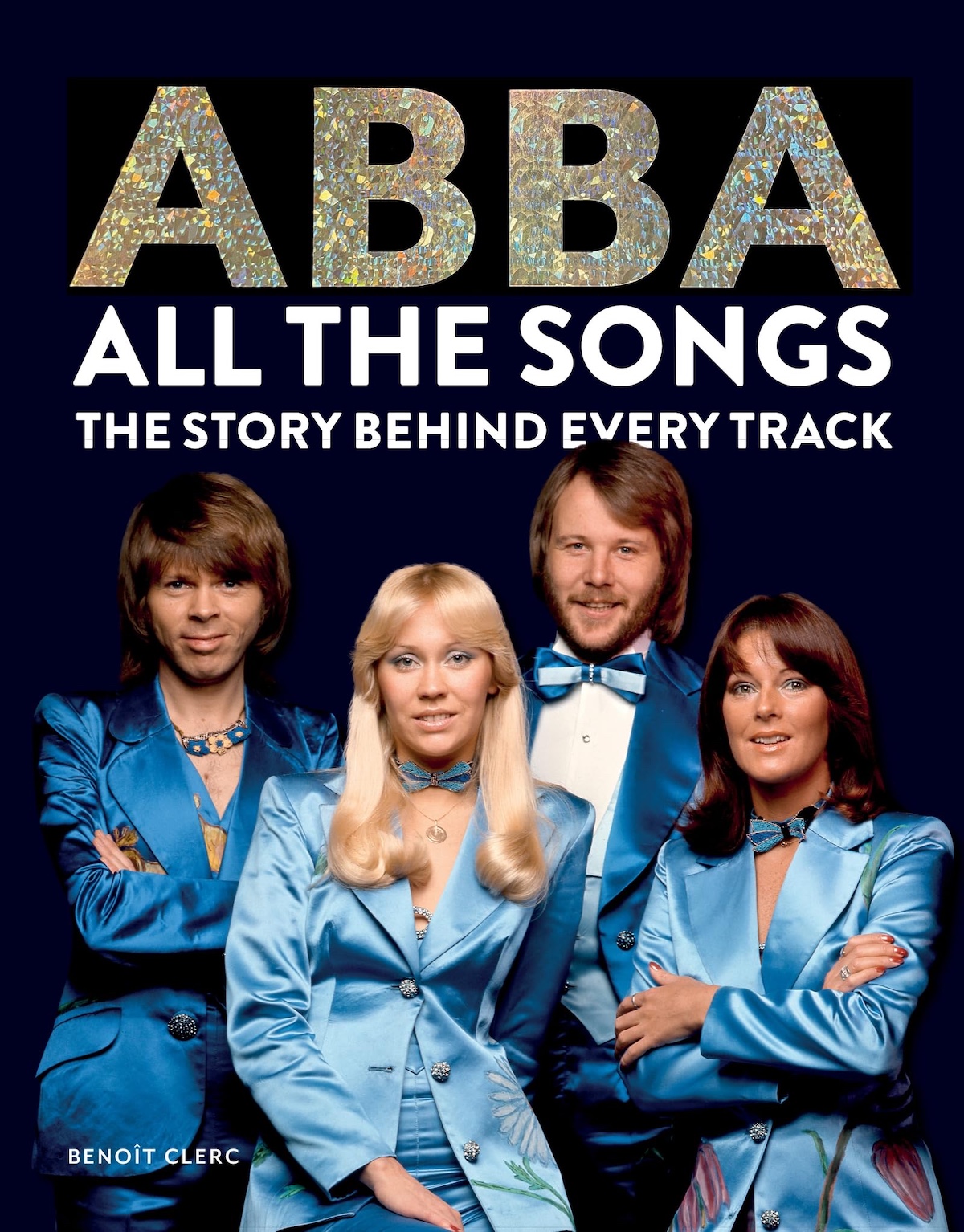 ABBA: All The Songs – The Story Behind Every Track
ABBA: All The Songs – The Story Behind Every Track
By Benoît Clerc
THE EDITED PRESS RELEASE: “Discover the untold stories behind ABBA’s greatest hits, including the iconic Waterloo, Mamma Mia and Dancing Queen in this loving and thorough dissection of every album and song released by the pop megastars. From their first single in 1972, all the way up to their Grammy-nominated studio album Voyage, and their revolutionary virtual tour, this definitive tome uncovers the full story behind every track that ABBA released. In over 500 pages, no stone is left unturned. Drawing upon decades of research, expert author Benoît Clerc recounts the circumstances that led to the composition of every song — detailing the inspiration behind the lyrics, the recording process and the instruments that shaped ABBA’s distinctive sound. Featuring hundreds of photographs, including rare publicity stills, images of the instruments used by the band, and shots of the musicians on-stage and in-studio, ABBA: All the Songs is the perfect gift for any fan of pop.”
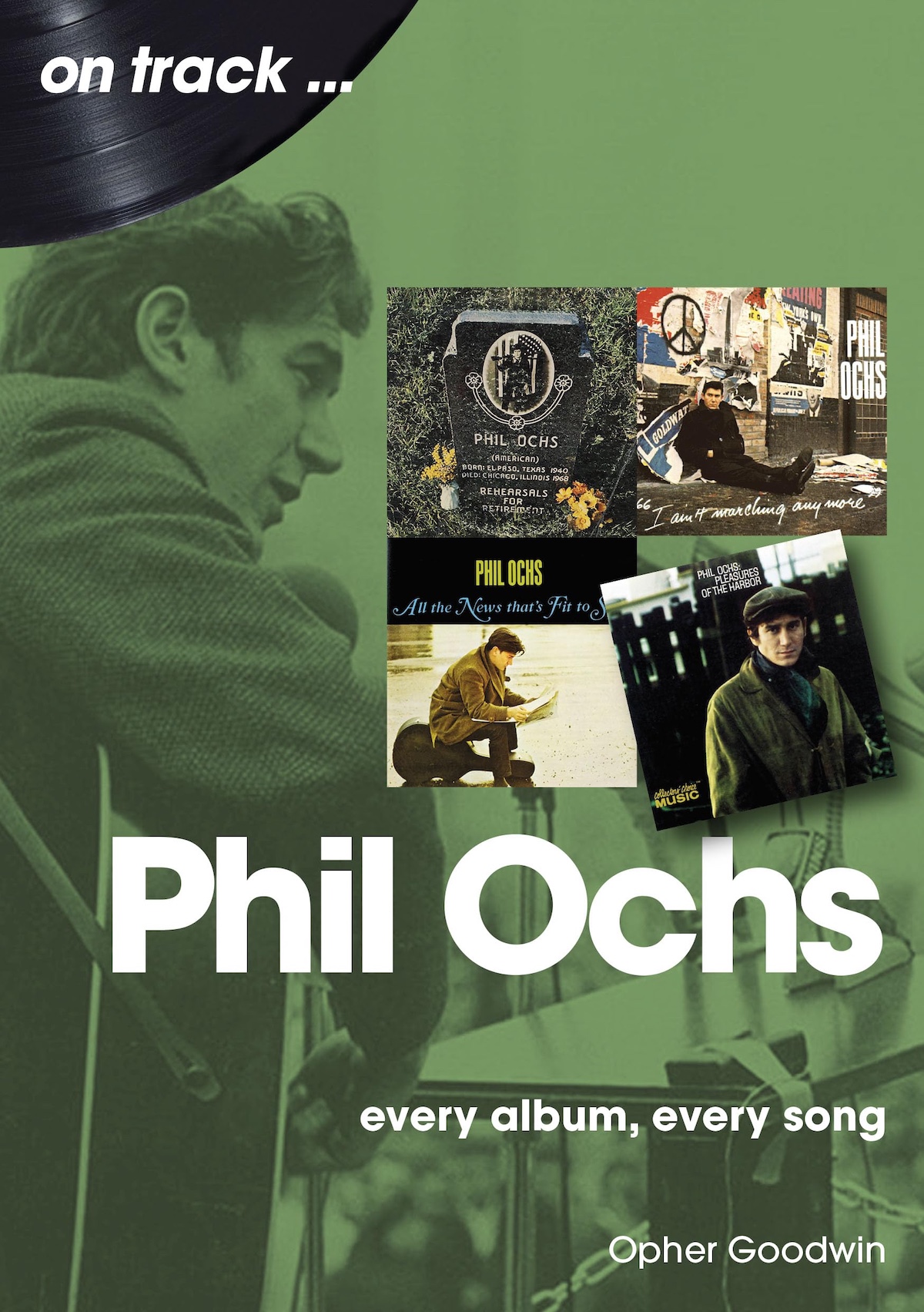 Phil Ochs: Every Album, Every Song
Phil Ochs: Every Album, Every Song
By Opher Goodwin
THE EDITED PRESS RELEASE: “Phil Ochs was the ‘The Prince of Protest’ in the ’60s. The only real rival to Bob Dylan, he was the archetypal Greenwich Village topical songwriter. Whether protesting the Vietnam War or campaigning for civil rights, workers’ rights and social justice, Phil was always there. Phil was the man to take up causes, write songs, play at rallies and even risk his life. His clear voice and sense of melody, linked with his incisive lyrics, created songs of beauty and power. As his career progressed, with lyrics and music becoming more highly poetic and sophisticated, he still never lost sight of his cause.Towards the end of the ’60s he joined with the Yippies in protest against the Vietnam War. But idealism became Phil’s downfall. He was an idealist who could see no point in continuing if he was unable to make the world a better place. Phil lost all hope and descended into depression, which, along with excessive alcohol consumption, led to his suicide in 1976. Shortly before he took his life, Phil asked his brother if he thought anyone would listen to his songs in the future. Well, here we are 60 years later, still listening. The songs of Phil Ochs are every bit as relevant as they ever were — and they are making the world a better place.”
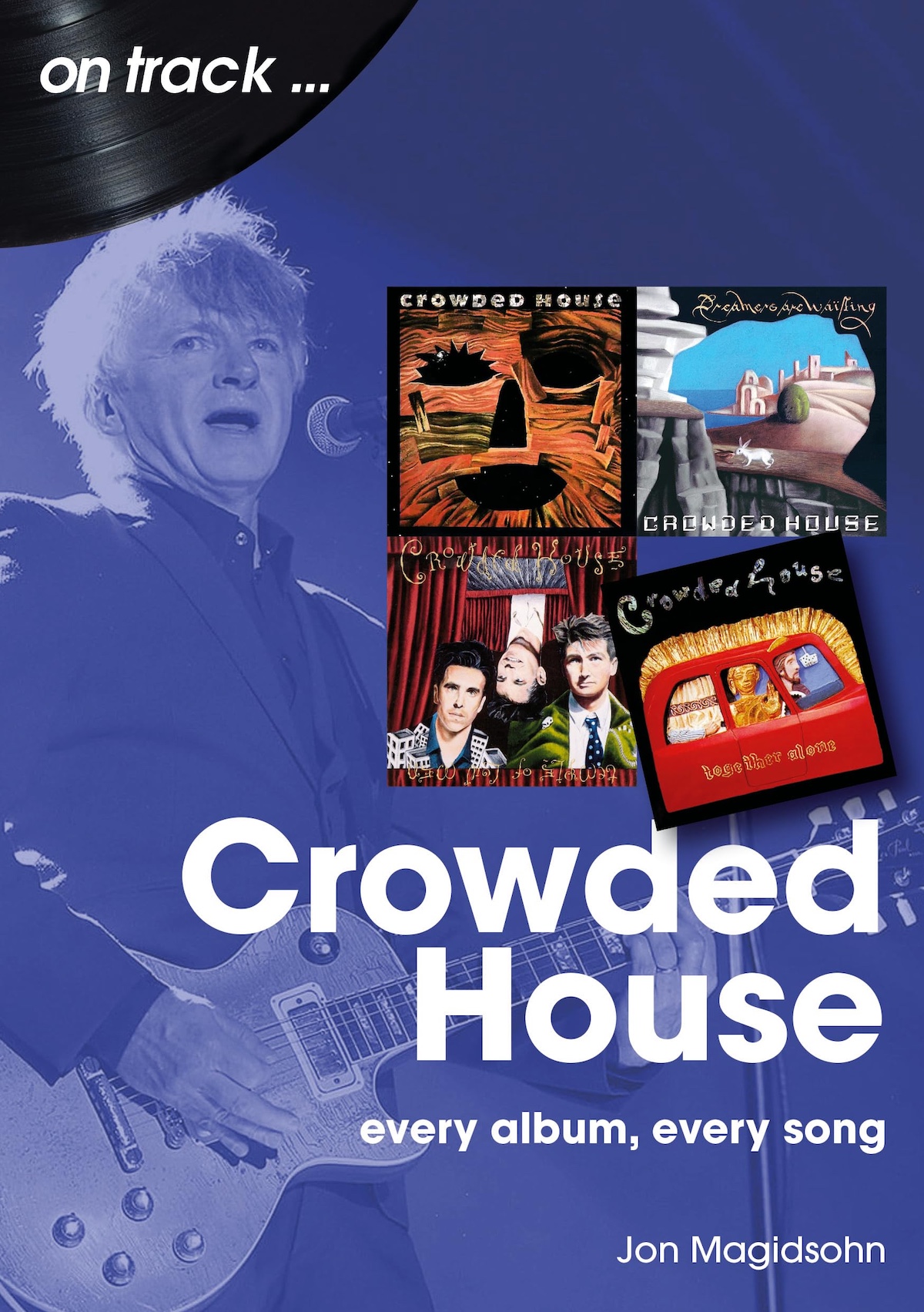 Crowded House: Every Album, Every Song
Crowded House: Every Album, Every Song
By Jon Magidsohn
THE EDITED PRESS RELEASE: “When Crowded House arrived with their debut album and hit single Don’t Dream It’s Over in 1986, the seed of a unique musical journey was planted into our collective musical consciousness. The Aussie/Kiwi trio created a sound as playful as Split Enz — out of which two of its members graduated — with an adventurous spirit inspired by The Beatles, and crafted genuinely enduring melodies. Earworm-worthy songs like Weather With You, Distant Sun, Better Be Home Soon and so many others have become genre-bending, sing-along-able and timeless creations. What began with three buddies, led by songwriter Neil Finn, playfully frolicking, and mugging the camera in music videos, developed into mature artists reflecting on life, love and mortality after the death of their beloved drummer. In time, this blossomed once again into a true family band as the younger Finns joined their father as permanent members. Along the way, Crowded House consistently churned out unforgettable melody after intoxicatingly unforgettable melody over eight studio albums. This track-by-track exploration of their poetic lyrics and musical legacy recognises the quality that has brought them the love and admiration of music fans and fellow musicians from around the world.”
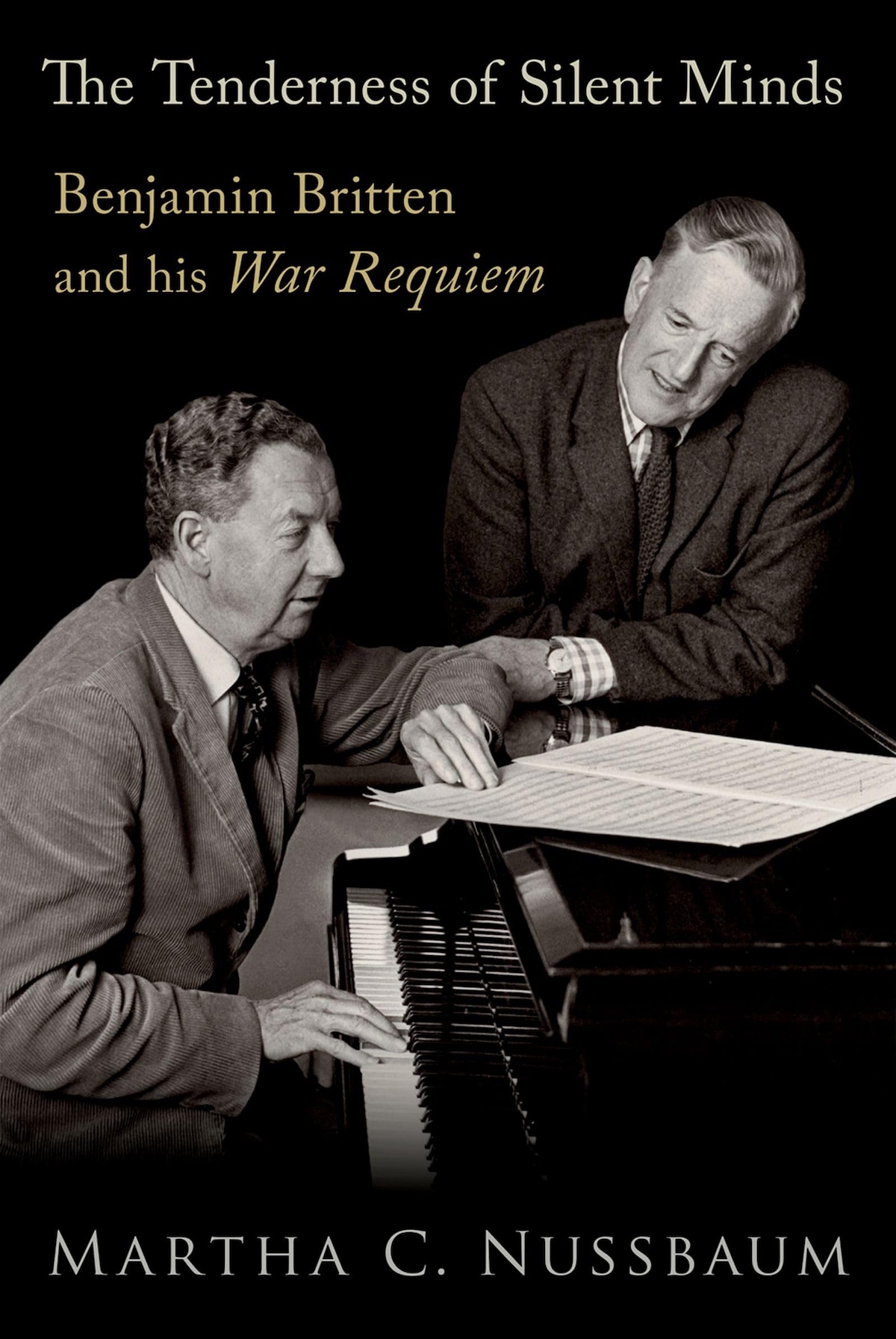 The Tenderness Of Silent Minds: Benjamin Britten and his War Requiem
The Tenderness Of Silent Minds: Benjamin Britten and his War Requiem
By Martha C. Nussbaum
THE EDITED PRESS RELEASE: “The human body is the primary instrument of war, yet those waging war often confront soldiers’ bodies in a detached or merely intellectual way. In The Tenderness of Silent Minds, Martha C. Nussbaum, a leading thinker on emotion, morality, and justice, conducts a pioneering study of Benjamin Britten’s musical representations of the tender male body amidst the brutality of war, and their ability to transform consciousness by evoking potent, non-personal emotions. Offering a reading of Britten’s views about the value and beauty of the body that situates these in the context of his 39-year partnership with his lover, the singer Peter Pears, and also surveying pacifist themes in works written both before and after War Requiem, Nussbaum presents a compelling framework for critically assessing Britten’s oeuvre. According to Nussbaum’s interpretation, War Requiem confronts listeners with the reality of bodily experience in war, eliciting compassion by its depiction of beauty, vulnerability, and eroticism. Issuing a stern warning, it points the way to hope for postwar reconciliation. Nussbaum’s analysis of Britten’s score and its settings unveils a message of human love in a hostile world that resonates as powerfully today as in post-war Britain.”
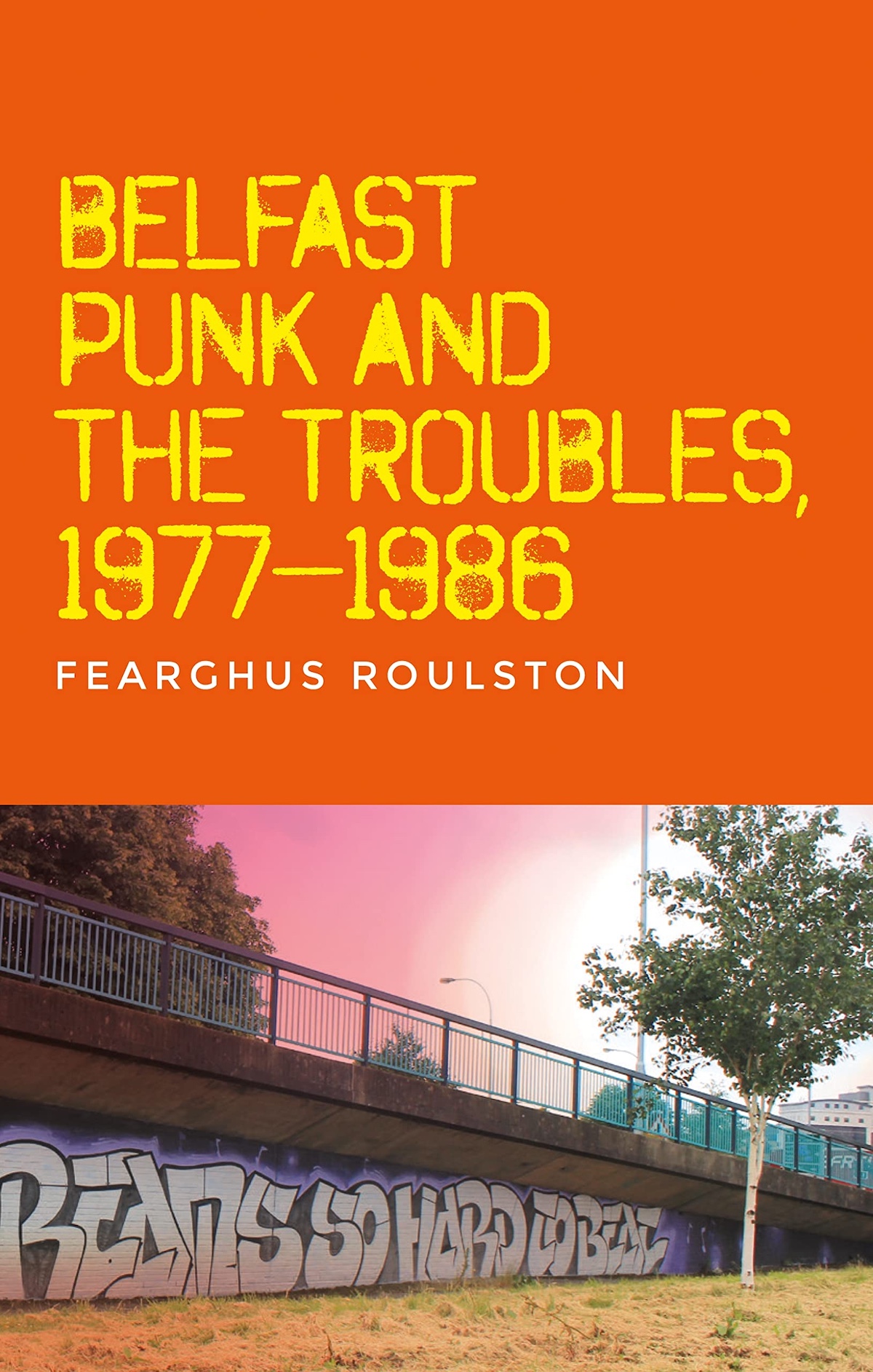 Belfast Punk & The Troubles: An Oral History
Belfast Punk & The Troubles: An Oral History
By Fearghus Roulston
THE EDITED PRESS RELEASE: “This book is an oral history of the punk scene in Belfast from the mid-1970s to the mid-’80s. It explores what it was like to be a punk in a city shaped by the violence of the Troubles, and how this differed from being a punk elsewhere. It also asks what it means to have been a punk — how punk unravels as a thread throughout the lives of the people interviewed, and what that unravelling means in the context of post-peace-process Northern Ireland. In doing so, it suggests a critical understanding of sectarianism, subjectivity and memory politics in the North, and argues for the importance of placing punk within the segregated structures of everyday life described by the interviewees. Belfast Punk And The Troubles is an intervention in Northern Irish historiography stressing the importance of history from below, and will be compelling reading for historians of Ireland and of punk, as well as those interested in innovative approaches to oral history.”















